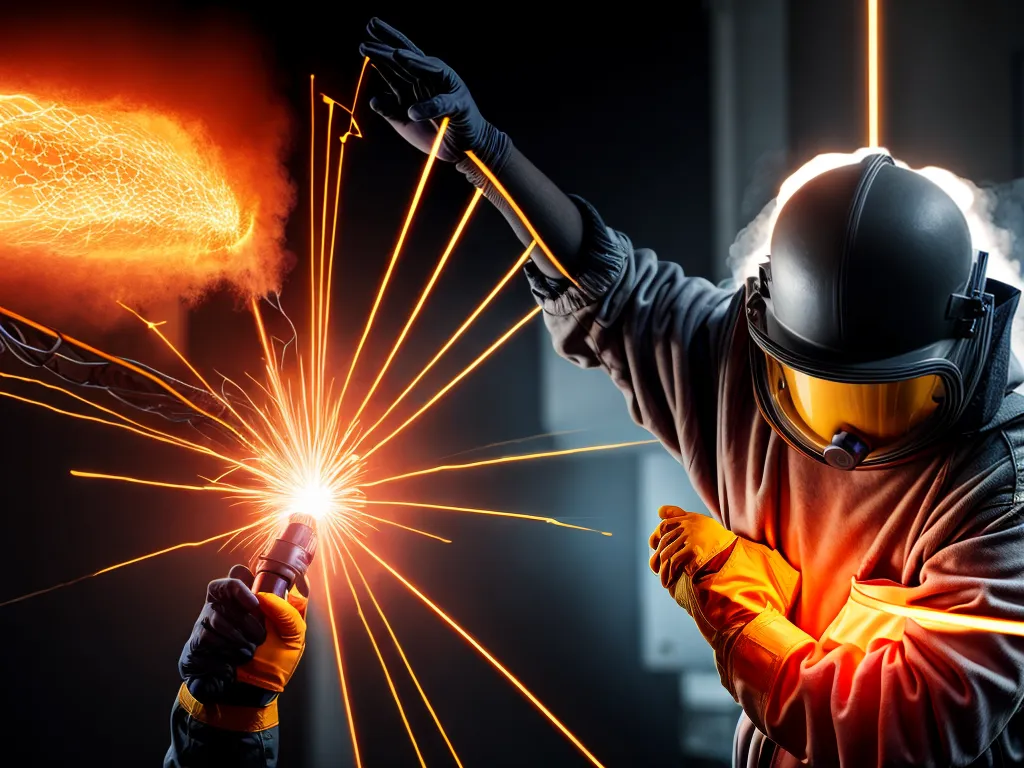
Improving Arc Flash Safety with Updated NFPA 70E Standards
The risks of arc flash events pose significant dangers for electrical workers. However, recent updates to NFPA 70E safety standards aim to mitigate these risks and improve arc flash safety. As an electrical engineer responsible for safety, staying up-to-date with the latest NFPA 70E requirements helps me enhance protections for my team.
Highlighting Key Changes in the 2018 NFPA 70E Update
The 2018 edition of NFPA 70E introduced several notable amendments that I've worked to adopt. Three important updates include:
Revised Arc Flash PPE Categories
NFPA 70E now mandates 4 arc-rated PPE categories for electrical workers, ranging from Category 1 (lowest risk) to Category 4 (highest risk). I've updated our arc flash labels and procedures to align with these new categories. My team now uses category-appropriate ensembles, like arc-rated clothing and head/face protection.
New Arc Flash Risk Assessment Requirements
The updated standard requires a complete arc flash risk assessment of our electrical equipment. To meet compliance, I worked with an external firm to conduct assessments identifying arc flash hazards. This provided essential data to select proper PPE and develop energized work permits. Ongoing assessments will occur at least every 5 years.
Reduced Arc Flash Boundary Requirements
Previously, NFPA 70E required calculating the arc flash boundary at 1.5 times the arc flash PPE calorie level. However, it now mandates a tool-based evaluation of the arc flash boundary distance. Our latest assessment established more accurate, smaller arc flash boundaries for equipment. This allows optimal positioning of workers relative to arc flash risks.
Implementing an Up-to-Date Electrical Safety Program
Integrating the latest NFPA 70E updates required revamping our entire electrical safety program. Key improvements I spearheaded include:
New Energized Electrical Work Permitting
Permits ensuring hazard mitigations are now required before any live work. My team utilizes our updated permitting process to confirm necessary PPE, establish approach boundaries, and implement other precautions.
Enhanced Arc Flash Safety Training
All electrical workers completed new training on arc flash risks, proper PPE use, and updated procedures. Annual refresher training keeps workers informed of evolving requirements.
Updated Equipment Labeling
I led a complete overhaul of our arc flash warning labels on electrical gear. New labels clearly indicate updated PPE categories, approach boundaries, and incident energy levels. This provides vital information to workers before energized tasks.
Improved PPE Provision and Compliance
Following arc flash assessments, I helped develop a PPE matrix detailing appropriate protections for each piece of equipment. Workers are provided category-matched kits, and PPE use is mandated. Random audits ensure compliance.
Adhering to the latest NFPA 70E requirements promotes a culture of safety. While adapting was an extensive undertaking, the improvements enhanced our arc flash prevention capabilities. Staying current with standards protects my team from needless electrical hazards. As NFPA 70E continues evolving, I am committed to integrating new provisions that reduce risk and prevent arc flash injuries.